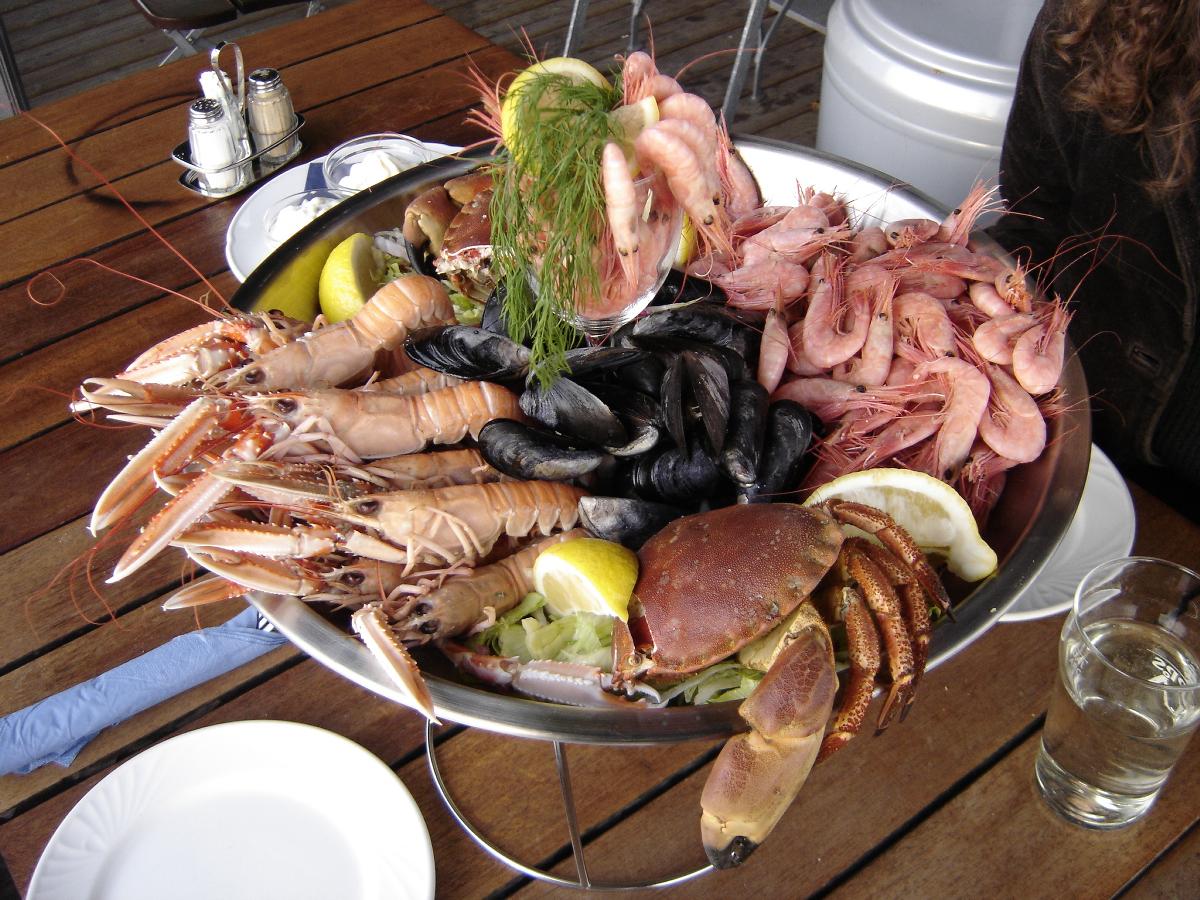The fish on your plate could be destroying the environment, fish populations and your health. And then again, that filet of salmon could be completely innocent. However, taking a few moments to get informed and asking a question or two won’t hurt at all.
MAKING RESPONSIBLE FOOD CHOICES
Knowing where seafood is from and how it is caught or farmed is essential to making responsible choices about food.
I swear I’m not trying to turn your seafood dining or shopping experience into an episode of “Portlandia.” You won’t have to join a fishing cult or even visit a farm if you don’t want to. You simply have to spend a few moments storing away bits of information that will help you decide when to pick up a fork and when to pass.
While “sustainable” can easily be written off as a meaningless buzzword created to make us feel better and shell out more money, ignoring it has consequences in the realm of seafood. Sustainability when addressing seafood deals with a few factors, such as where in the world the seafood is from as some countries have looser regulations than others, whether wild fish is caught using single or several fishing lines, traps or nets, and whether farmed fish is raised in healthy ways.
Though eating local seafood is recommended, it is unrealistic to expect every single fish or mussell to be from within the United States. About 91 percent of seafood eaten in the United States is imported, according to FishWatch. When possible, local seafood farming or fishing can be easier to look into and, by not eating fish flown across the world in a jet, you help the environment in general.
Besides, fresh wild fish is extremely delicious. Farmers markets often have vendors who sell fresh, locally caught or farmed fish and are usually also sustainable. Checking out a local fish market and conversing with the vendors is another option. In the store, checking the label for at least the place of origin can tell you a lot.
CHOOSING SUSTAINABLE SEAFOOD
Diving into the particulars of sustainable seafood can be daunting. Not only are there various types of fish, some of which can be recommended to avoid because of depletion of fish populations due to overfishing, but within species it can vary by fishing practices and geography.
For instance, shrimp from U.S., Southeast Asia and Thailand farms or caught in the Gulf of Mexico, Oregon or the Canadian Atlantic are okay. However, farmed shrimp from Mexico are undesirable and wild shrimp caught in Louisiana and Mexico should be avoided — mostly because they are often caught by trawl nets which can catch and kill other fish. As that is merely one species out of the broad range of seafood, I’m guessing you have more pressing things to memorize as a college student.
Luckily, there’s an app for this. The Monterey Bay Aquarium Seafood Watch program, which has been working to raise awareness about seafood practices since 1999, created the Seafood Watch app as another way to simplify your decision making process. Handier than their printable pocket guides, the app allows users to search an extensive database of seafood recommendations, including fish used in sushi. If you have a smartphone, choosing sustainable fish is literally at your fingertips. Making a habit out of checking the seafood on the menu or at the store against this seafood search engine will make a difference.










